Suborder Serpentes Subfamily Colubrinae Phylum Chordata Rank Species | Subphylum Vertebrata Scientific name Rhinocheilus lecontei Higher classification Rhinocheilus Order Scaled reptiles | |
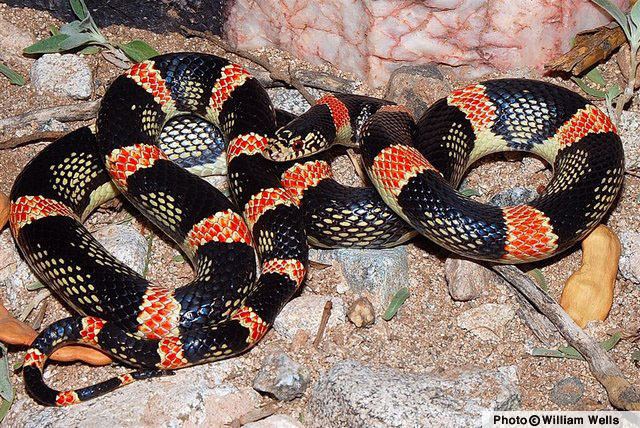 | ||
Similar Snake, Rhinocheilus, Glossy snake, Reptile, Night snake | ||
Road cruise lifer long nosed snake
The long-nosed snake, Rhinocheilus lecontei, is a species of nonvenomous colubrid snake, which is endemic to North America. It is the only species in the genus Rhinocheilus, but has four recognized subspecies, though more modern research has cast some doubt on that classification.
Contents
- Road cruise lifer long nosed snake
- Round tailed ground squirrel kills and eats long nosed snake
- Etymology
- Description
- Behavior
- Diet
- Reproduction
- Defense
- Habitat
- Geographic range
- Subspecies
- In captivity
- References
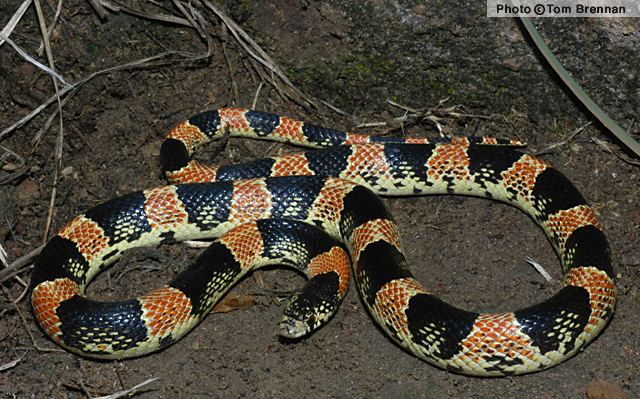
Round tailed ground squirrel kills and eats long nosed snake
Etymology
The specific name, lecontei, commemorates American entomologist John Lawrence Le Conte (1825-1883).
Description
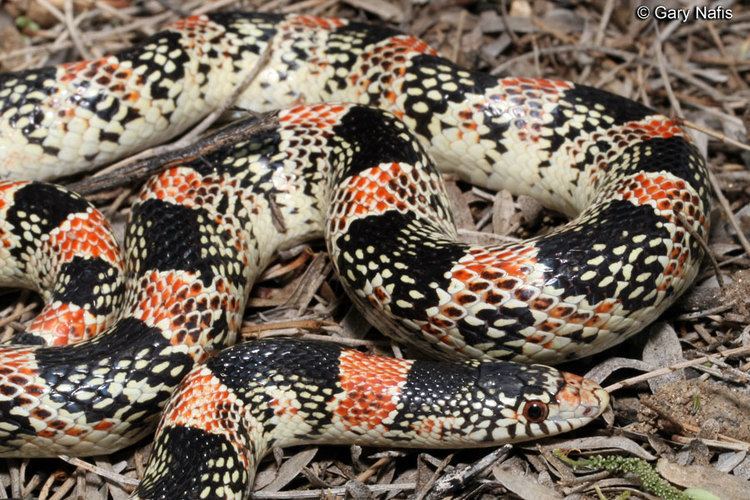
Long-nosed snakes are distinguished by a long, slightly upturned snout, which is the origin of their common name. They are tricolor, vaguely resembling a coral snake with black and red saddling that almost looks like banding, on a yellow or cream-colored background, which can look somewhat like yellow banding. Cream-colored spots within the black saddles are a distinct characteristic of the long-nosed snake. They differ from all other harmless snakes in the United States by having undivided subcaudal scales. They average around 30 inches (76 cm) in total length.
Behavior
Long-nosed snakes are shy, nocturnal burrowing snakes. They spend most of their time buried underground.
Diet
Long-nosed snakes feed on lizards, amphibians, and sometimes smaller snakes and infrequently rodents.
Reproduction

Long-nosed snakes are oviparous, laying clutches of 4-9 eggs in the early summer, which hatch out in the late summer or early fall.
Defense
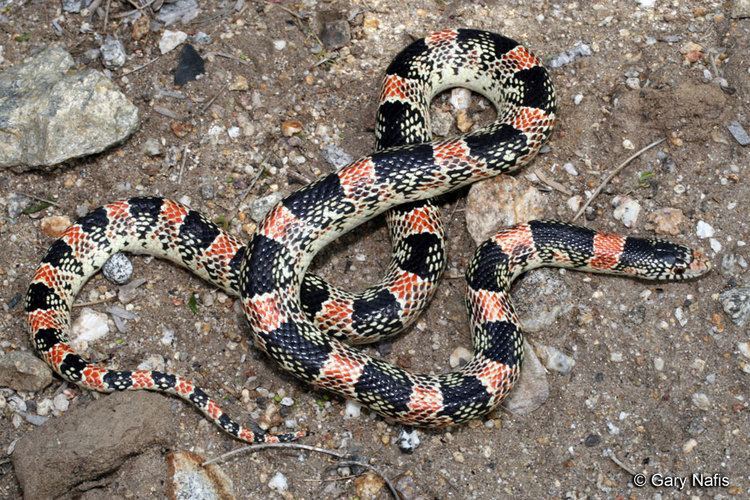
Long-nosed snakes are not apt to bite, but will release a foul smelling musk and blood from their cloaca as a defense mechanism if harassed.
Habitat
Long-nosed Snakes inhabit dry, often rocky, grassland areas.
Geographic range
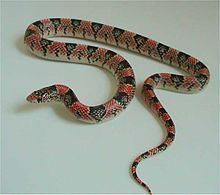
They are found in northern Mexico from San Luis Potosí to Chihuahua, and into the southwestern United States, in California, Nevada, Utah, Idaho, Arizona, New Mexico, southeastern Colorado, southwestern Kansas, Oklahoma, and Texas.
Subspecies
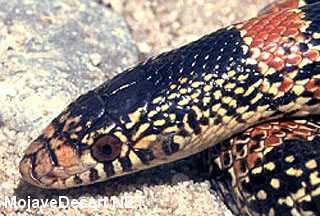
In captivity
Long-nosed snakes are not often found in the exotic pet trade as they frequently reject rodent-based diets that are most readily available for captive snakes.
